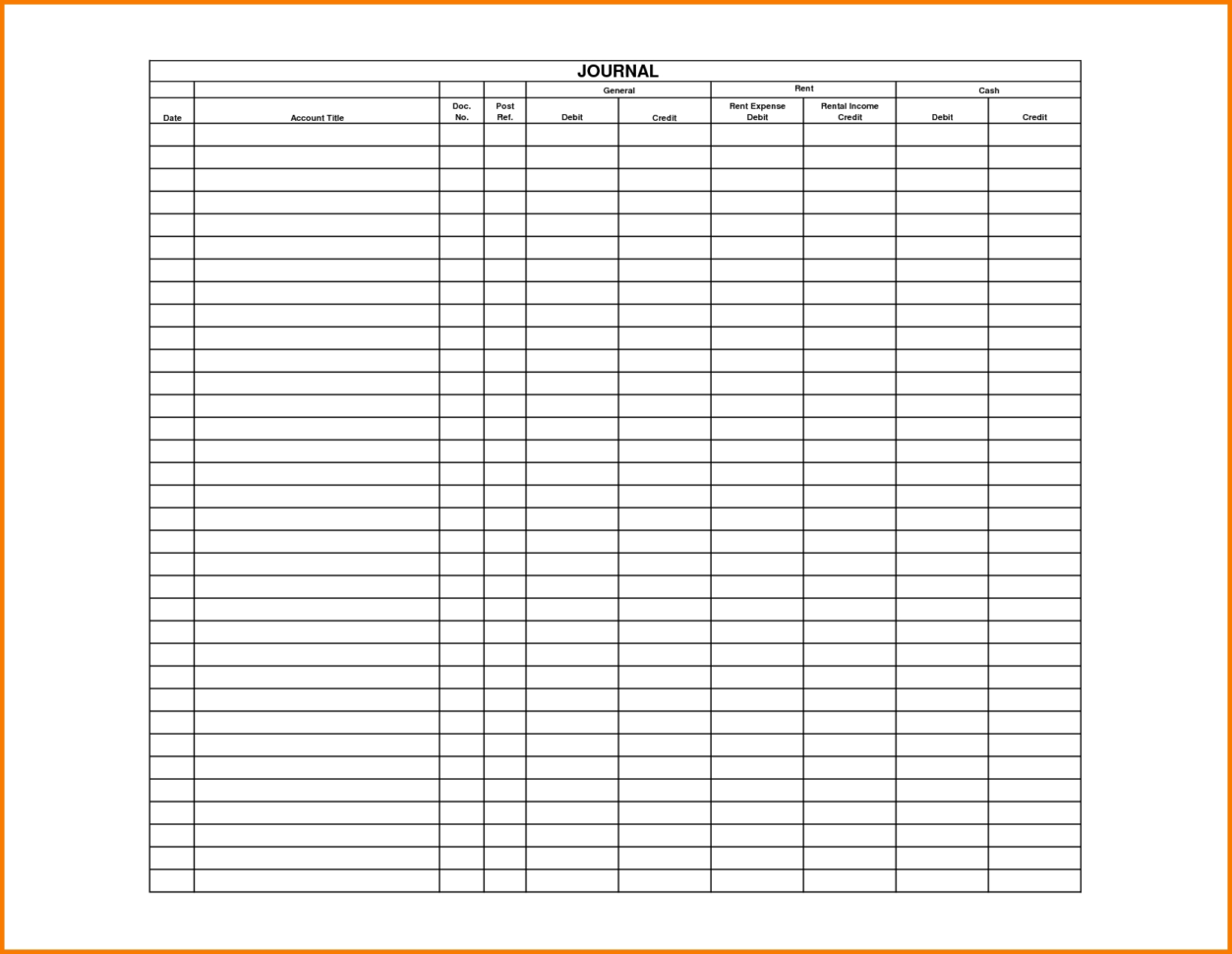What is a receipt? Definition and examples

Furthermore, an invoice sent by mail also counts as an external document, even if it is printed independently. You should use invoices to inform a customer that a payment is due and receipts as proof of payment. Many service providers use invoices for B2B transactions, consulting services, and property management.
What’s the Difference Between an Invoice and a Sales Receipt?
Integrity Network members typically work full time in their industry profession and review content for Accounting.com as a side project. All Integrity Network members are paid members of the Red Ventures Education Integrity Network. Now, you know an answer to the question, “What is receipt in an electronic or digital form? Our writing and editorial staff are a team of experts holding advanced financial designations and have written for most major financial media publications. Our work has been directly cited by organizations including Entrepreneur, Business Insider, Investopedia, Forbes, CNBC, and many others.
Do you own a business?
These are just a few examples of the types of receipts commonly used in accounting. Other types include expense receipts, reimbursement receipts, and business expense receipts. The specific type of receipt used will depend on the nature of the financial transaction and the industry or business involved. Common examples of receipts include packing slips, cash register tape, invoices, credit card statements, petty cash slips, and invoices. Although the format for these forms may vary, they all serve the same purpose of documenting the time and value of a business transaction. An income and expenditure account shows the net surplus or deficit for an accounting period, whereas a receipts and payments account only shows cash transactions.
- Receipts play a crucial role in accounting, providing evidence of financial transactions and supporting accurate record-keeping.
- Still, here it is a code (a sequence of one or more specific characters), which is analogous to the traditional.
- In Canada, the major differences in receipt systems exist between the sale of goods and services, and between customer-facing sales and business-to-business sales.
- The yellow receipt copy is given to the business office (such as the sales or finance department).
- Clay tokens dating back to Mesopotamia (around 3000 BC) are considered some of the earliest examples.
What is your current financial priority?
Regular reconciliation with financial statements and segregating personal and business receipts are also important steps. Backing up receipts and organizing them for tax purposes further streamline financial management. Receipts act as a tangible record of the transaction, ensuring transparency and accuracy in financial records. All receipts, regardless of the type, should detail the provided product, the total amounts paid and the date of payment. Gross receipts are the total amount of cash or property that a business receives, without accounting for any other expenses or deductions.
You’ll be able to review historical data through its receipts and use that information to create business budgets based on past expenses. This includes finding places to cut costs and negotiate better deals for services. For consumers, they provide proof of purchase in case of a return or warranty claim. Businesses use receipts for record-keeping purposes, tracking sales, and verifying income for tax purposes. Overall, the type of receipt used depends on the specific transaction and the needs of the business. It is important for businesses to keep accurate records of all receipts to ensure proper accounting and tax compliance.
Who Should Sign a Cash Receipt?
You might also use a receipt box or a drawer in your cash register for the same purpose. If your company does a great deal of repeat business, QuickBooks receipts save time. The next time you go to create a receipt, you can auto-populate the form with their information. Even if the sale you’re recording is a one-off, the saved copy can be useful if you ever need to revisit the sale. By storing your sales records in the cloud, QuickBooks also helps keep your vital data safe and virtually impossible to lose.
Fortunately, you might not need to worry about creating a receipt as many payment tools automatically generate receipts when a customer makes a payment. Businesses of all types use receipts and generally issue them for any completed payments. For example, after the customer pays the invoice issued for the garage renovation, you’ll then give them a receipt listing the payment information. An invoice is used to collect payment after delivering goods and services. A receipt serves as proof of payment after a customer pays for a good or service. It is important to note that regardless of the type of receipt, accuracy and completeness are essential.

Since then, receipts have evolved into the paper and digital receipts we know today, and there are more types of receipts than you may think. If you’re entering new items, QuickBooks makes it easy to add information about the product receipt in accounting or service, such as the ID number or a description. The form automatically calculates a subtotal based on your quantities and prices. Since QuickBooks knows your location and industry, it adds sales tax when applicable.
Purchase receipts typically include the date of the transaction, a description of the purchase, the payment method, and charges. Transaction receipts are any receipts that indicate an exchange of money for merchandise was made. These receipts can be digital or printed and act as proof of purchase for customers, businesses, or employees. While paper receipts are still used, digital receipts are becoming more commonplace with the advancement and implementation of technology in businesses.
